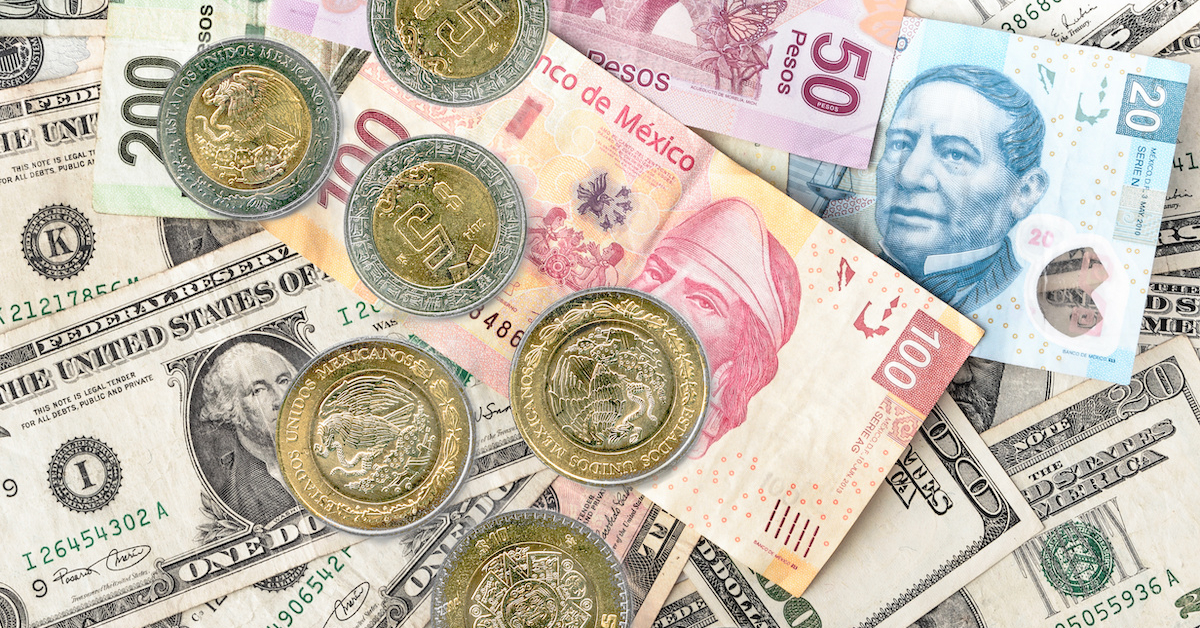In recent days, the depreciation of the Mexican peso against the U.S. dollar has significantly impacted the financial landscape, particularly concerning Mexico's national debt. According to estimates by the Ministry of Finance and Public Credit (SHCP), the financial cost of the Mexican debt, including interest payments and related services, increases by 2.8 billion pesos for every 20-cent depreciation of the peso against the dollar.






